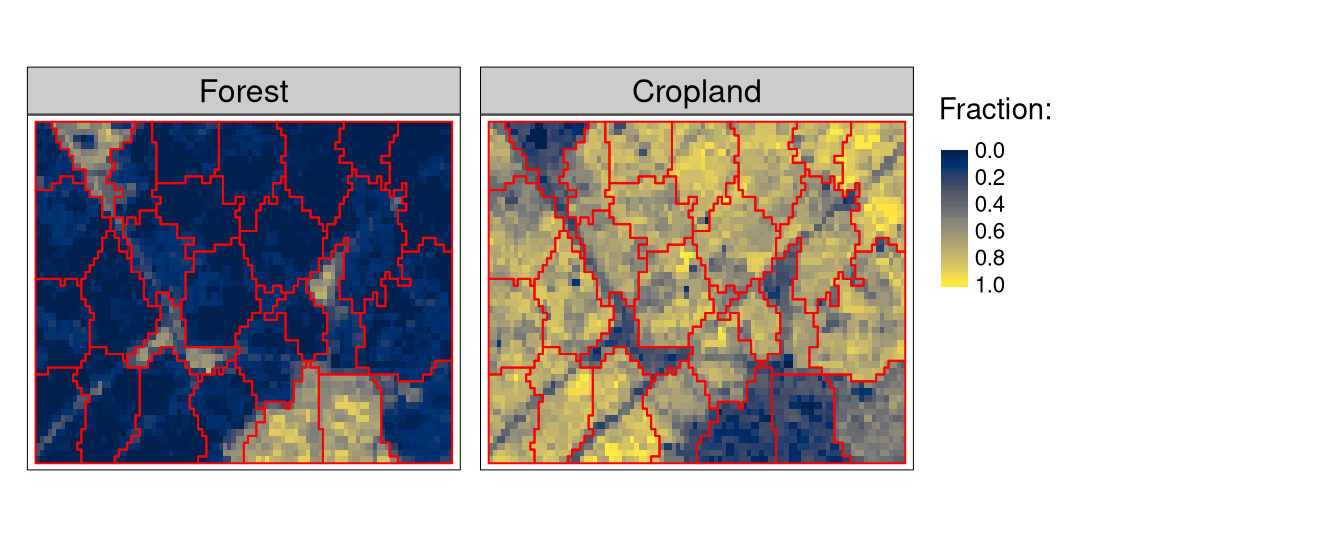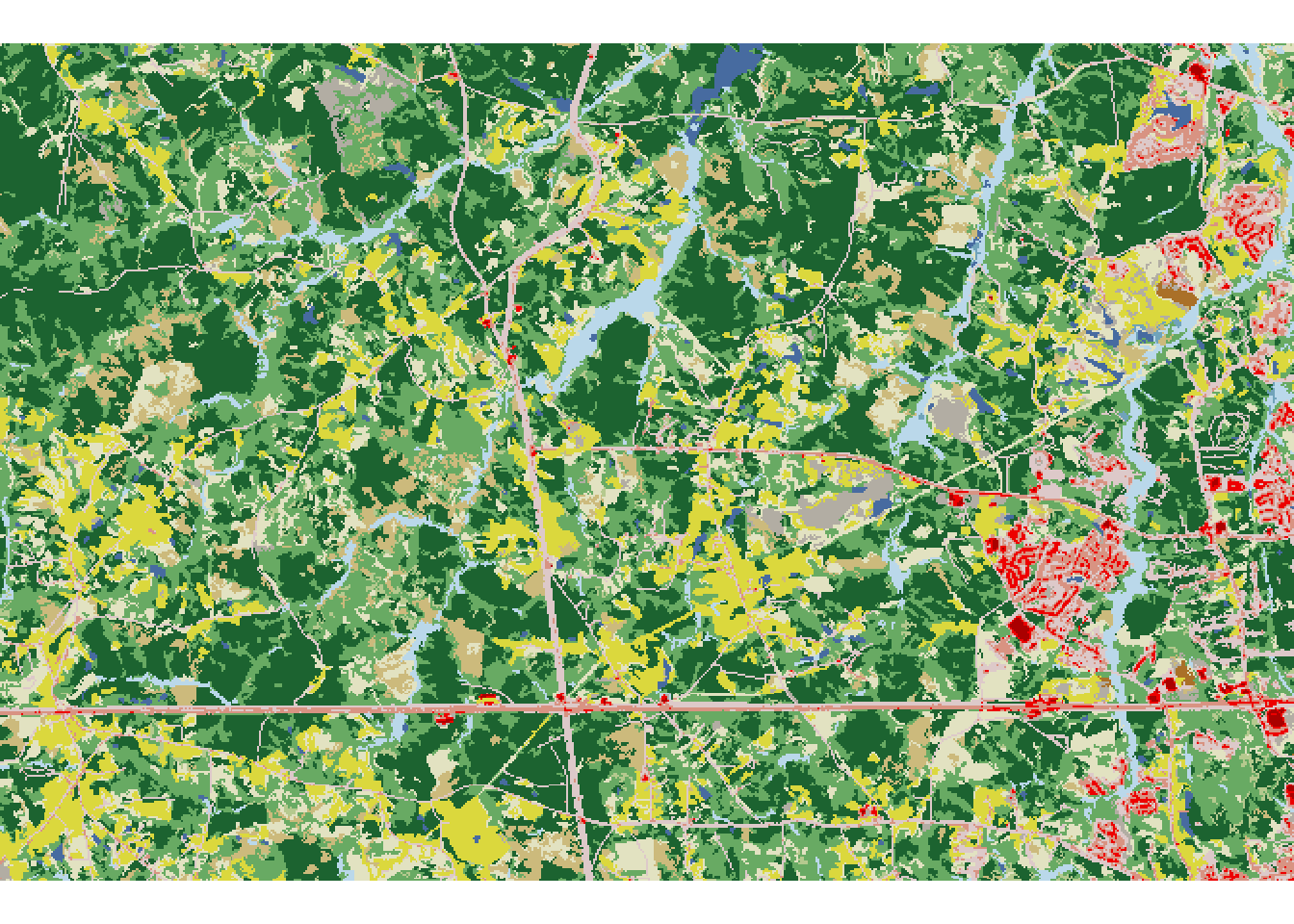
The spatial kinetic Ising model is a simple model of spatial patterns that can be used to simulate the evolution of spatial patterns over time. Its two main parameters are B and J, which control the external pressure and the local autocorrelation tendency, respectively. Both of them have a strong effect on the results of the spatial kinetic Ising model. Thus, the question is how to find the best values of these parameters for a given situation.




